Understanding the Basics of Pipeline Pigs
Pipeline pigs ensure the integrity and efficiency of pipelines. They travel inside the pipe to perform various tasks. Cleaning pigs remove buildup and debris. Inspection pigs assess the pipeline’s condition. Maintenance pigs repair and maintain the pipeline’s interior. Operators launch pigs from one station and retrieve them at another. Pigs navigate the pipeline system using the flow of the product. They fit snugly to scrape or inspect the pipe’s inner walls. Pigs also come in smart variants for detailed inspections. Smart pigs collect data on corrosion and metal loss. Operators analyze this data to prevent pipeline failures.
The Significance of Pig Indicators in Pipeline Maintenance
Pig indicators track the progress of a pig through a pipeline. They signal the passage of pigs at specific points. This ensures the pigs have not become stuck or lost. Indicators also confirm the success of cleaning or inspection runs. Thus, they help maintain continuous pipeline operations. Pig indicators avoid unnecessary digs and inspections. They provide immediate feedback on pig location. This is crucial for scheduling maintenance and avoiding downtime. Additionally, indicators help prevent potential safety hazards. They alert staff when a pig approaches a receiving station. Overall, pig indicators are essential for efficient pipeline management. They keep operations smooth and reduce costly interruptions.
What is pigging, and how does it work?
Pigging is a process that maintains and cleans pipelines using devices known as pigs. These pigs travel through pipes, propelled by the product’s flow. Initially, operators insert the pig into a pipeline through a ‘pig launcher’. The pressure differential then drives the pig along the pipeline. As it moves, the pig performs tasks like cleaning or inspecting. Cleaning pigs scrape and push debris towards the ‘pig receiver’. Inspection pigs, also known as ‘smart pigs’, gather critical data. They measure wall thickness, detect cracks, and identify corrosion. After traveling the required distance, the pig arrives at the receiver. Here, operators remove the pig and analyze any collected data. Pigging ensures pipelines operate efficiently and safely. It helps prevent blockages and maintain product purity. The process also aids in the early detection of potential pipeline issues. Thus, pigging is a proactive approach to pipeline maintenance.
The Various Types of Pig Indicators
Intrusive Pig Indicators and Non-intrusive Pig Indicators
| Indicator Types | A | B | C | D |
| Intrusive Type | Intrusive | Intrusive | Intrusive | Non-intrusive |
| Indicator Features | Popper Type | Manual reset flag | Manual reset flag combined with electrical signals | Date and time display combined with electrical signals |
Besides these four types, we provide many kinds of pig indicators. If you have any other needs, feel free to contact our team. We will give you the best service as we can.
Pig indicators come in various types, each with unique features suited for different pipeline needs. Let’s explore these types.
Firstly, we have the intrusive Popper Type indicators. These indicators physically pop out of the pipeline when a pig passes by. They offer a simple and clear visual cue. Operators can easily see if a pig has completed its journey.
Next, we encounter manual reset flag indicators. These require someone to manually reset them after a pig’s passage. They provide a reliable sign that a pig has traversed a pipeline section.
Additionally, some indicators combine manual reset flags with electrical signals. These offer both a visual confirmation and an electrical output. They enhance monitoring capabilities, especially for remote operations.
Lastly, the most advanced type features a date and time display alongside electrical signals. These non-intrusive indicators record the exact moment a pig passes. They provide detailed tracking information without needing to tap into the pipeline.
Each type of pig indicator serves a vital role in maintaining effective and safe pipeline operations. Operators can choose the best type based on their specific monitoring needs.


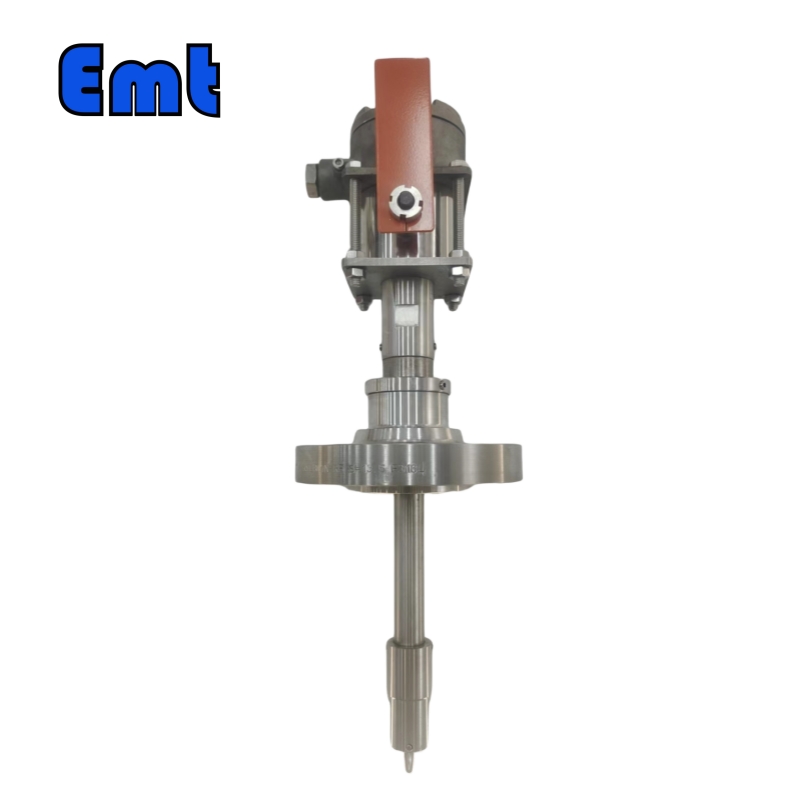
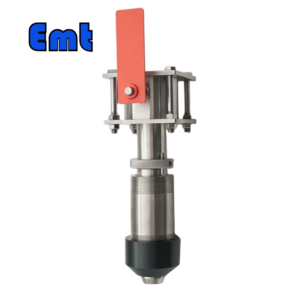

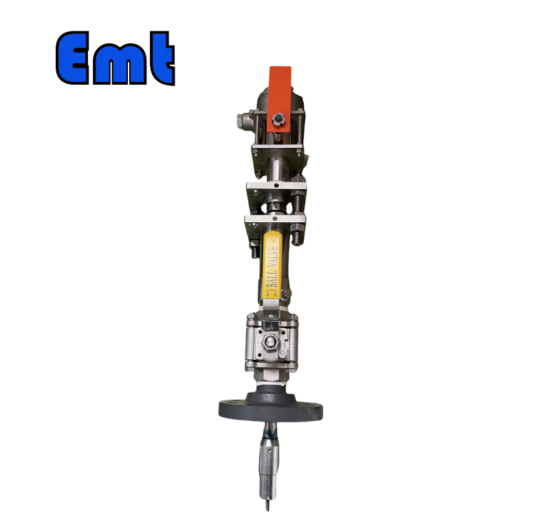
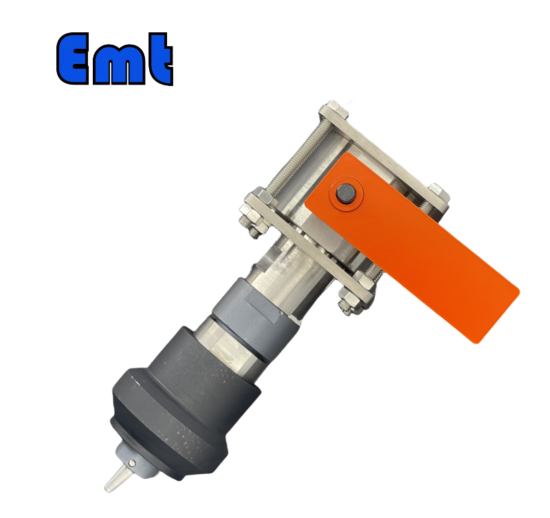
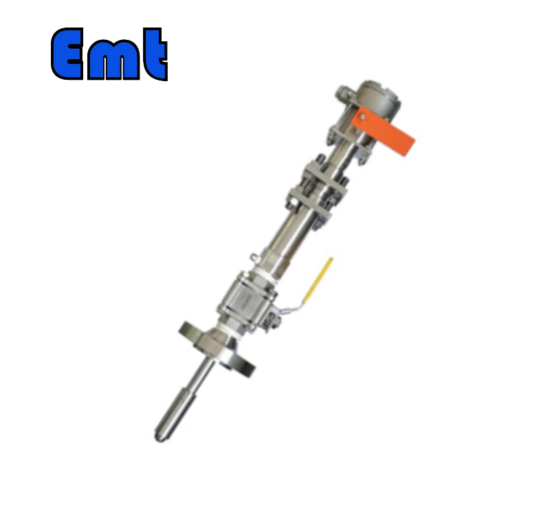
There are no reviews yet.